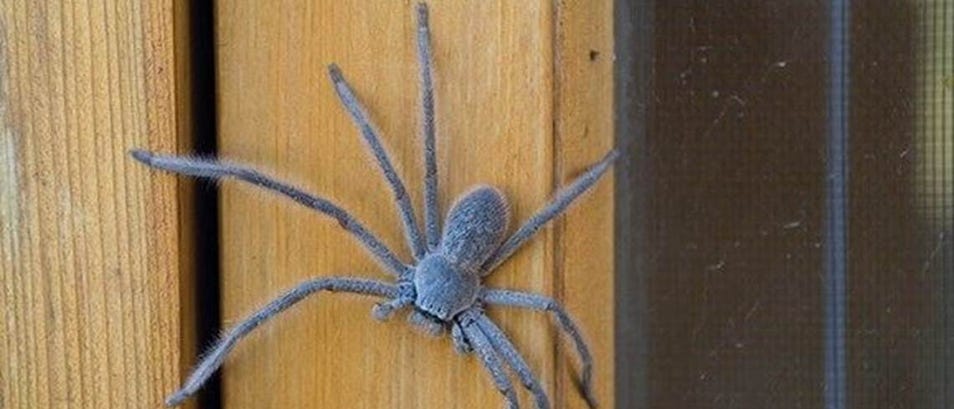EXPERT ADVICE
“When the weather gets cool, the cockroaches are much less active,” says Smith. “They almost go dormant, even though they don’t necessarily die out.”

There is no doubt that spiders are one of life’s great anxieties. They creep into the smallest spaces and can hide in every nook and cranny in your home. But what actually are spiders? Read on to find out everything you need to know about one of the most commonly feared creatures on the planet.
So, are spiders bugs?
Informally, many people use the word ‘bug’ to describe any insect-like creature they see. So, the term ‘bug’ can be used to refer to most arthropods (which include insects, arachnids and small crustaceans such as slaters). Spiders belong to the arachnid family of arthropods, and share the same common features: a segmented body, bilateral symmetry – their left and right sides are mirror images – and an exoskeleton. Another feature is the ability to moult (or shed) the exoskeleton as the creature grows.
How do spiders see?
If you ever get close to a spider, you’ll see that they have more eyes than we do! Many spiders have eight eyes, although some species have six or fewer. But, despite having so many pairs of eyes, most spiders have poor vision. A lot of spiders are near-sighted, which means they can’t see very far. Rather than using their eyes to get around, spiders rely on tiny hairs on their legs that are sensitive to the slightest vibration. These hairs also help them navigate and differentiate their prey and helps guide them away from danger.
There are a few species of spiders that have fantastic eyesight, much better than ours. These spiders usually live in trees, on the ground or in burrows.
Can spiders smell?
Yes, spiders can smell, but not in the same way humans do. They have very sensitive sensory organs on their legs and use these to smell and taste. The hairs on their legs can help them detect whether or not an object close to them is edible. Their finely- tuned sensitivity to vibrations allow them to tell the difference between different types of prey.
What is a spider’s web made of?
The silk-like masterpieces that are spiders webs are a materialisation of protein and amino acids, which are produced in the spinneret glands located at the tip of the spider’s abdomen.
Most spiders use webs to catch their dinner or to wrap their victims in after they’ve been caught. Some spiders will use webs to protect their burrow or hiding place, and to encase their egg sacs, while others don’t produce webs at all.
How do spiders get in your house?
With their poor eyesight, you’d hope any spiders that come into your home are simply lost. Not so. If you see one of those eight-legged arachnids tramping around your home like they owned the place, it could be because you’ve made your home inadvertently inviting.
After all, for a spider, your home is a warm place out of the dangers of the outside world – and filled with morsels of food (i.e. smaller insects) and droplets of water for them to enjoy. But, how do spiders get inside your home in the first place?
These creepy crawlies are always on the lookout for opportunities to squeeze through any crack, hole, gap or cranny around your home. So the first step to keeping spiders away from your home would be to search the perimeter of your home for any cracks or holes and plug them up. Don’t forget to check for any gaps around your doors and window frames, any holes in your porch or basement and any breaches along the piping and guttering around your home.
Seal all these entry points (from the inside as well as from the outside) to stop spiders from trespassing into your abode. Use a good quality surface spray like the Mortein Kill & Protect Crawling Insect Surface Spray and apply it around every space that might be an entry point for spiders. That way, if any spiders do somehow get through, they’ll die soon after and you can rest easy knowing your spider problem is taking care of itself.